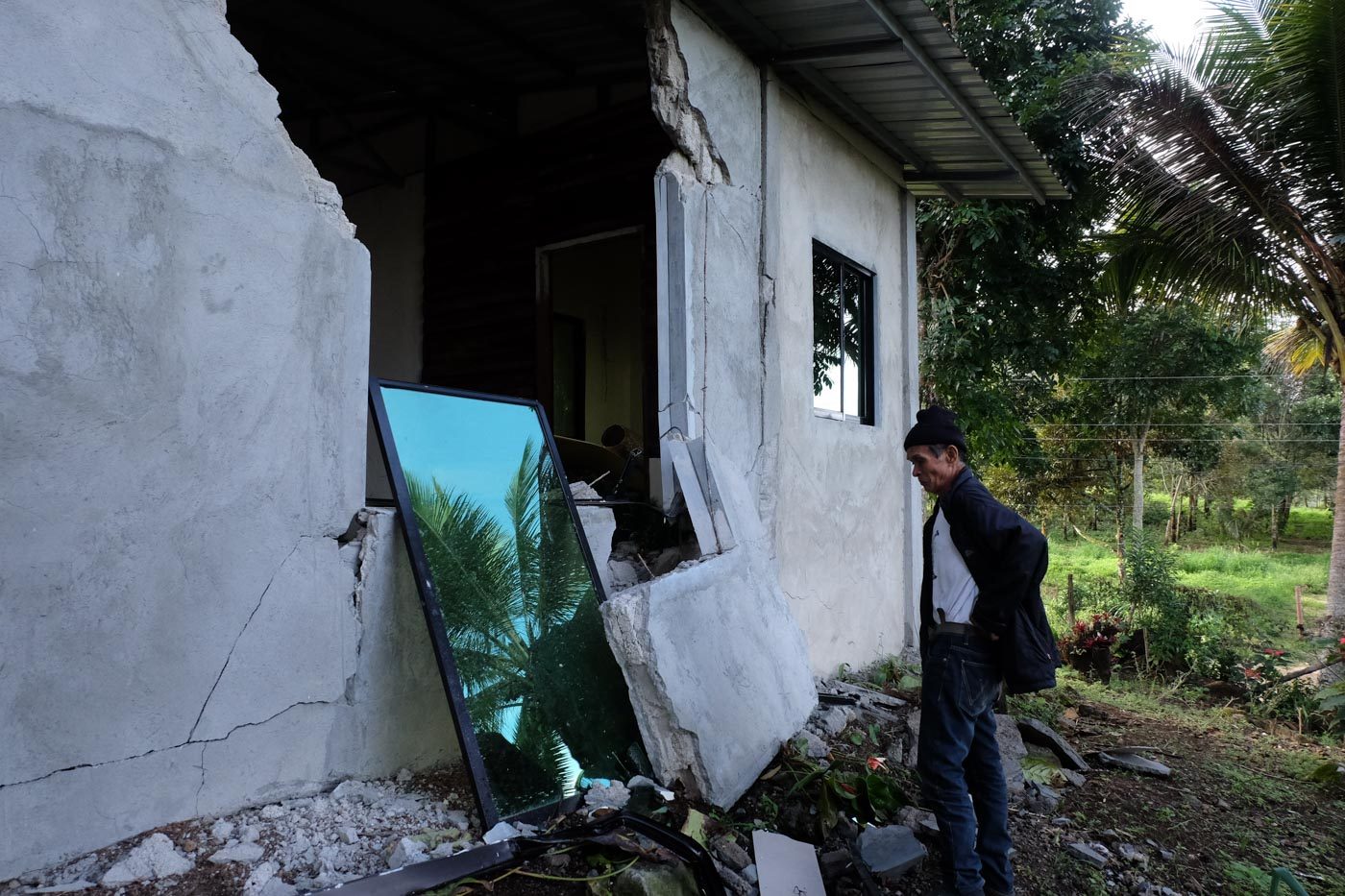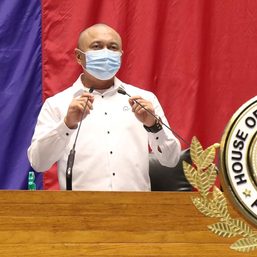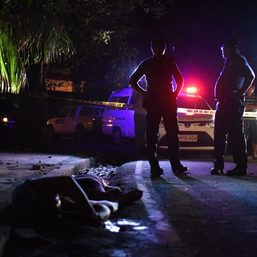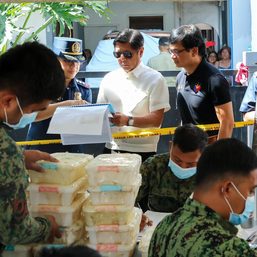SUMMARY
This is AI generated summarization, which may have errors. For context, always refer to the full article.

MANILA, Philippines – Every time a powerful earthquake strikes, one’s greatest fear could be seeing cracks along the walls or, worse, seeing their home collapse. If one’s home sustains heavy damage, going back to the old way of living may take some time.
Yet, how can poor families afford the services of engineer to assess if their homes have sustained damage from all the ground shaking – similar to the series of powerful earthquakes that rocked Cotabato, killed at least 21 people, and sent thousands of residents to evacuation centers in late October? (READ: ‘Beyond repair’: Dread and anxiety in Kidapawan after strong earthquakes)
Philippine Institute of Volcanology and Seismology Director Renato Solidum has been advocating for engineers and architects to band together to conduct an audit of houses for free, whenever an earthquake strikes.
He calls it an “earthquake mission,” similar to how doctors and dentists go to poor communities on medical and dental missions.
“That would make the audit faster. First thing that needs to be done is to have an audit for all houses and buildings so that they know how their houses would fare,” Solidum told Rappler.
“Architects and engineers can help in evaluating houses, especially those whose owners cannot really afford. They need professional guidance on what can be done and what are the status of their houses,” he added.
Cesar Pabalan, former president of the Association of Structural Engineers of the Philippines (ASEP) and ex-national director of the Philippine Institute of Civil Engineers (PICE), said structural engineers could be part of the first responders in natural disasters, such as earthquakes.
Pabalan, now the head of ASEP’s disaster mitigation, preparedness, and response, said they have a program that sends engineers to earthquake-hit areas. (LOOK: Buildings destroyed by magnitude 6.5 quake that struck parts of Mindanao)
He told Rappler that they used to have a partnership with the National Disaster Risk Reduction and Management Council, the Office of Civil Defense, and the PICE, and was part of the “earthquake quick response program.” They joined the assessment done during the Bohol earthquake in 2013.
When the partnership went sideways, ASEP continued on their own, dispatching engineers to calamity-stricken areas.
‘Engineer-responders’
But there are challenges.
Pabalan said they currently don’t have a memorandum of agreement (MOA) with local governments units (LGUs) that would make it easier for them to extend their help or enter an area as engineer-responders.
“Now, we don’t have a MOA with the LGUs. It should be the Department of the Interior and Local Government helping us so that we can have an agreement with all LGUs,” Pabalan told Rappler.
He added that ASEP’s resources are also limited. “A ticket to a far-flung area alone could cost us as much as P12,000 each,” he said.
Pabalan said engineer-responders may stay at an area for weeks just to complete all the work that needs to be done. If they have a MOA with LGUs, he said some of the incidental costs may already be covered.
“Malaking tulong naman sa amin ‘yun, kahit ‘yung service lang ang ma-cover. (It would be a big help even if they cover just the [cost of] service),” Pabalan said.
Pabalan also noted that they have a relatively small pool of engineers to cover the entire country. While they were able to send a team of engineers to Davao City after the October earthquake, he said they didn’t have any for other areas in the Visayas and Mindanao. (LOOK: Davao City condo damaged by strong earthquake)
“Each region meron talaga dapat na responder. Dapat hindi mawawalan,” Pabalan said. (Each region should have responder. No region should have none.)
To join these missions, interested engineers need to attend the organization’s two-day training program and pass ASEP’s test to be a responder. The program can be an added point to their continuing professional requirement when they renew their license.
‘How safe is my house?’
While efforts to respond are laudable, prevention is still better than cure.
Solidum suggested that the Department of Education (DepEd) include in its elementary curriculum the basic materials when building a small house.
This way, he said, Filipinos at a young age would know if their houses could withstand strong earthquakes.
“If you’re not an engineer, you won’t know the materials to be used for construction. How would one know if what the right materials are in ordinary houses? My suggestion is that hopefully this would be included in the curriculum of DepEd,” Solidum said.
For starters, Solidum said people should check the 12-point “How Safe is My House” questionnaire that the ASEP made with Phivolcs and the Japan International Cooperation Agency so that homeowners can assess on their own if their homes are earthquake-resistant. (QUIZ: Can your house withstand major earthquakes?)
Solidum also suggested that there should be templates for designs and list of materials needed, especially if the houses are to be made by the local carpenter. – Rappler.com
Add a comment
How does this make you feel?
![[The Slingshot] Alden Delvo’s birthday](https://www.rappler.com/tachyon/2024/04/tl-alden-delvo-birthday.jpg?resize=257%2C257&crop=263px%2C0px%2C720px%2C720px)






![[Rappler’s Best] Patricia Evangelista](https://www.rappler.com/tachyon/2024/04/unnamed-9-1.jpg?resize=257%2C257&crop=486px%2C0px%2C1333px%2C1333px)

There are no comments yet. Add your comment to start the conversation.